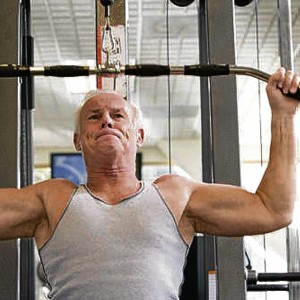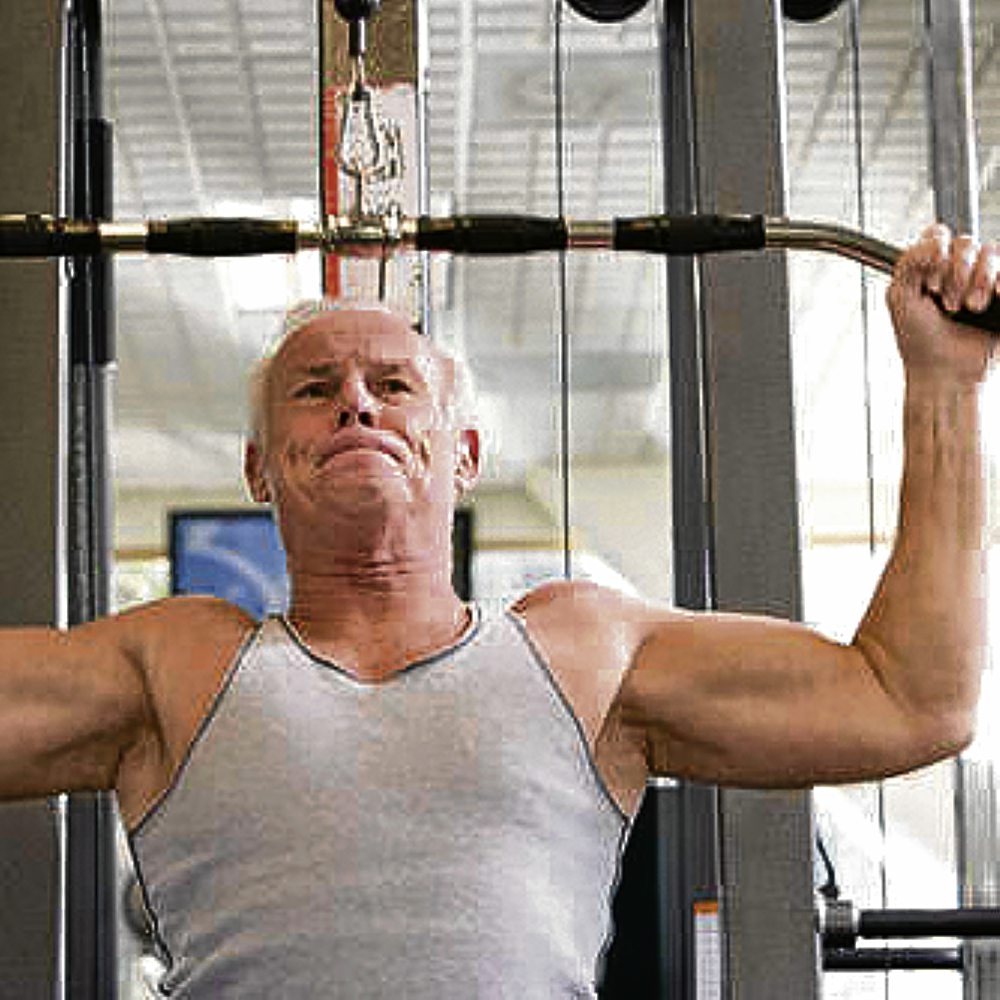It’s the time of the year when we all recommit once again to becoming a better person, living a healthier life, and trying new things to feel good about ourselves.
But we can only maximize our ability to think and perform well if we can improve our physical wellness. Resistance or strength training, one of the most important parts of physical wellness, can improve our health, strength, endurance and body composition.
Recent studies published in the January 2012 issue of Idea Fitness Journal show that it reduces anxiety, chronic fatigue and depression, and improves memory and memory-related tasks, self-esteem, and even sleep.
An important contribution of resistance training to weight management is improvement of one’s metabolism, and a sculpted and toned body. If you lift weights regularly, the more you can save your muscles while losing your body fat. Studies show that regular resistance training can help you burn additional calories even after training, as compared to those who do cardio workouts only.
This is particularly important to menopausal women who are more concerned with preventing weight gain and improving functional strength and bone health.
The good news is, everyone, as early as eight years old, upon doctor’s recommendation and with an exercise professional’s proper guidance, can engage in resistance training. So here are the latest resistance training updates.
Healthy adults

Last year, the American College on Sports Medicine (ACSM) released an updated list of exercise recommendations for adults (cardiovascular, resistance training, flexibility, and neuromotor fitness). For resistance training, one should always target the opposing muscle groups of the chest, shoulders, back, hips, legs, trunk and arms, and perform the exercises, either with strength training machines, free weights, exercise bands, or just by using your own body weight in a controlled and full range of motion.
One can burn more calories during the session by including more standing exercises and adding cardio moves for a circuit training program design.
Frequency: Train two to three days a week, since studies show that once a week results in less muscle development. There should be a 48-hour rest between sessions to allow sufficient recovery time.
Intensity and repetitions: Lift a load with proper range and form based on the recommended repetitions (10-15 repetitions for beginners and for those who want to improve muscular endurance; eight to 12 repetitions for most healthy adults who really want to improve strength).
Sets and rest: Single set for novice exercisers, and two to four sets for more experienced exercisers. Allow two to three minutes of rest between sets.
Youths

Kids and teens can engage in resistance training with the supervision of a qualified exercise professional. The Canadian Society for Exercise Physiology recently published a position paper on resistance training in children and adolescents. It was stated that there’s no evidence that strength training results in stunted growth, bone growth plate damage, musculoskeletal injury or pain if performed properly and appropriately supervised.
Studies also indicate that weight-bearing activities, such as consistent resistance training, are essential to normal bone growth and development. Training should include eight to 12 exercises to strengthen the upper body, lower body and midsection. There should be exercises that require balance and coordination during the session.
Frequency: Two to three days a week on nonconsecutive days, starting with five to 10 minute dynamic warm-ups and ending with static stretching during cool-down.
Intensity, sets and repetitions: One to two sets of eight to 15 repetitions of light to moderate load, focusing on correct exercise technique instead of amount of training load.
Older adults (65 and over)

Resistance training for older adults should be focused more on developing strength for daily activities and to safely do cardiovascular exercises.
According to ACSM, just like healthy adults, older adults should also perform eight to 10 exercises that can target the major muscle groups.
According to the National Strength and Conditioning Association (NSCA) textbook, muscles to be targeted are as follows: quadriceps, hamstrings, gluteals, pectoralis major, latissimus dorsi, deltoids, biceps, triceps, erector spinae and rectus abdominis.
Frequency: Older adults should exercise two to three nonconsecutive days a week, but advanced older exercisers who use higher training volumes should allow at least three days of rest between sessions for the same muscle groups.
Intensity and repetitions: Train with a resistance that enables eight to 15 repetitions per set.
Sets: One set of eight to 10 basic exercises, and eventually progress to two to four sets.
E-mail the author at [email protected].









































